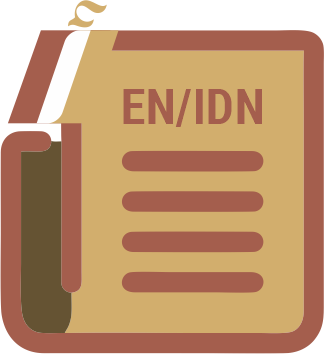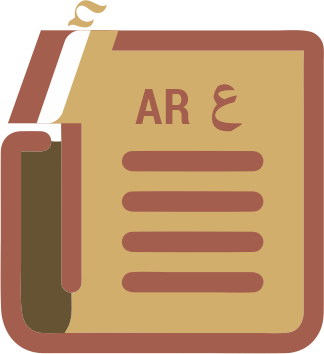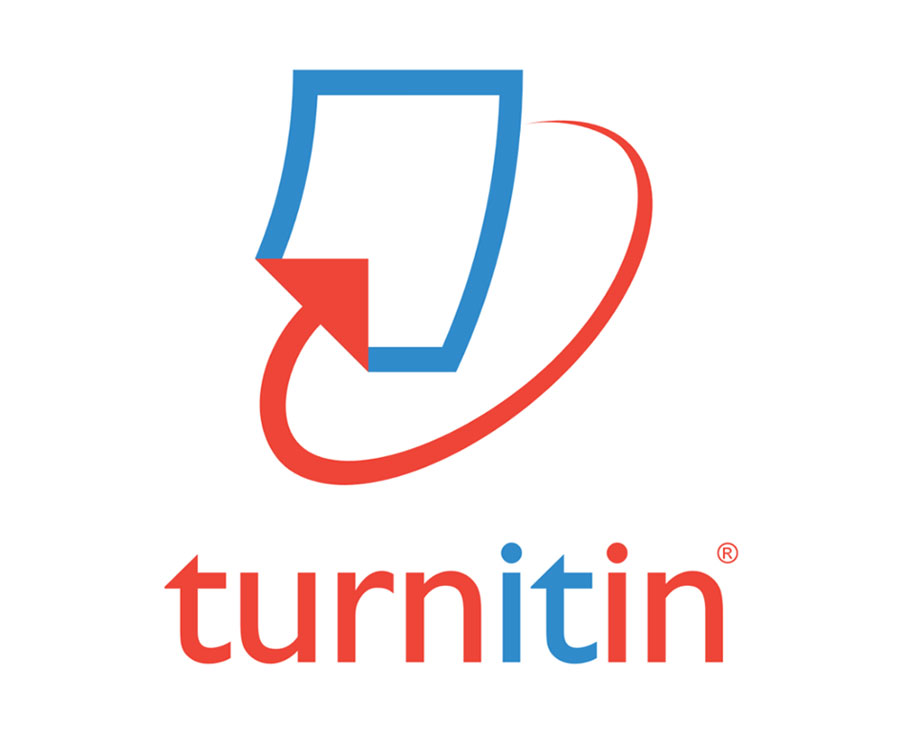Author Guidelines
1. Paper submission
The paper is research-based or thought-based in Arabic linguistics and literature which is not published elsewhere either in print or online. The paper must be written in Arabic, English or Indonesian minimum of 6.000 words and no longer than 8.000 words.
2. Paper format
Paper format is (A4), Cambria 11 and space 1,5 for Indonesian and English, Sakkal Majalla 18 and space 1 for Arabic, in format word document. Margin right-top-left-bottom: 3, 3, 3, 3 cm.
3. Body of the paper as follows:
- Introduction. It elaborates background of the study, research problem, purpose, significance, and approach. Authors should state the objectives of the work at the end of introduction section. Before the objective, authors should provide an adequate background, and brief literature survey in order to record the existing solutions/method, to show which is the best of previous researches, to show the main limitation of the previous researches, to show what is the achievement (to solve the limitation), and to show the scientific merit or novelties of the paper, and method.
- Method. The main materials must be written here: (1) research design/type; (2) data and their resources; (3) data collection techniques; and (4) data analysis techniques.
- Result and Discussion. The result should be clear and concise. The results should summarize (scientific) findings rather than providing data in great detail. Highlight the differences between the results or findings and the previous publications by other researchers. The discussion is the most significance section of the article. Make the discussion corresponding to the results, but do not reiterate the results. The following components should be covered in discussion: How do your results relate to the original question or objectives outlined in the Introduction section (what)? Do you provide interpretation scientifically for each of your results or findings presented (why)? Are your results consistent with what other investigators have reported (what else)? Or are there any differences? Discussion consists of sub-topic.
- Conclusion. It should answer the objectives of research. Tells how author’s work advances the field from the present state of knowledge. Do not repeat the abstract, or just list experimental results. Provide a clear scientific justification for author’s work, and indicate possible applications and extensions. Author should also suggest future experiments and/or point out those that are underway.
4. Paper must be consist of (a) Title; (b) Name of author without academic degree, affiliation, and country; (c) Abstract; (d) Keywords and Corresponding Author; (e) Introduction; (f) Method; (g) Results and Discussion; (h) Conclusion; and (i) References.
- Title is not more than 15 words. Titles and references must be transliterated into Latin text.
- The name of the author is not espoused by the academic title.
- The abstract is written in English and Arabic minimum of 150 words and no longer than 250 words, included research problem, method, and conclusion.
- Keywords are not more than five words, , separate with the semicolon (;) and alphabetical order
- In note. References should be up to date and use in notes, example: (Wargadinata, 2020) or Wargadinata (2020)
- References (with APA 7th edition). 80% of primary referrals are at least 20 journals, from those published in current 5 years. Primary references can be from; journals, proceedings, research reports, patents, standards, historical documents, research books, etc.. secondary literature (internet, books published not more than 10 years).
- Examples of reference writing:
Dockrell, J., & Marshall, C. (2015). Measurment Issues: Assessing Language Skills In Young Children. Child and Adolescent Mental Health, 20(2), 116–125,DOI: https://doi.org/10.1111/camh.12072
Efendi, A. (2018). Dhawahir Al-Lughah Al-Arabiyah wa Ash-Shu'uubaat allatiy Yuwaajihuhaa An-Naatiquuna bi Ghayrihaa. Al-Manar, 2(8), 117-133. DOI: https://doi.org/10.24014/al-manar.v2i8.4731
Fatoni, A. (2019). Arabic Learning for Academic Purposes. Izdihar : Journal of Arabic Language Teaching, Linguistics, and Literature, 2(2), 149-164. DOI: https://doi.org/10.22219/jiz.v2i2.10096
Gokhale, Anu A. (2012). Collaborative Learning and Critical Thinking. In Encyclopedia of the Sciences of Learning. DOI: https://doi.org/10.1007/978-1-4419-1428-6_910
Graves, M. F., August, D., & Mancilla-Martinez, J. (2012). Teaching Vocabulary to English Language Learners. New York: Teachers College Press
Halim, D., Farisa, F. C., & Sari, H. P. (2020). UPDATE: Kasus Covid-19 di Indonesia Total 3.293, Bertambah 337. Kompas. Retrieved from https://nasional.kompas.com/read/2020/04/09/15434301/update-kasus-covid-19-di-indonesia-total-3293-bertambah-337?page=all
Khatri, P., Singh, S. R., Belani, N. K., Yeong, Y. L., Lohan, R., Lim, Y. W., & Teo, W. Z. (2020). YouTube as Source of Information on 2019 Novel Coronavirus Outbreak: A Cross Sectional Study of English and Mandarin Content. Travel Medicine and Infectious Disease, 35(3). 1-31. DOI: https://doi.org/10.1016/j.tmaid.2020.101636
Saekhow, J. (2015). Steps of Cooperative Learning on Social Networking by Integrating Instructional Design based on Constructivist Approach. Procedia - Social and Behavioral Sciences, 195, 1740-1744. DOI: https://doi.org/10.1016/j.sbspro.2015.07.230
3. The paper must be under 20% check by plagiarism software
4. Submission Fee
Afshaha is an open access international journal. Every article submitted to the journal editorial is free of charge (free - no page charge) includes free article processing fees. Publication costs handled by the publisher of this journal.









